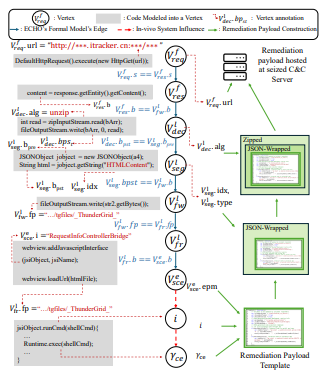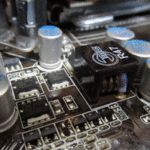2025-04-24 ジョージア工科大学
 Inspired by the movements of a tiny parasitic worm, Georgia Tech engineers have created a 5-inch soft robot that can jump as high as a basketball hoop.
Inspired by the movements of a tiny parasitic worm, Georgia Tech engineers have created a 5-inch soft robot that can jump as high as a basketball hoop.
<関連情報>
- https://research.gatech.edu/engineering-robot-can-jump-10-feet-high-without-legs
- https://coe.gatech.edu/news/2025/04/engineering-robot-can-jump-10-feet-high-without-legs
- https://www.science.org/doi/10.1126/scirobotics.adq3121
可逆的なキンク不安定性が線虫とソフトロボットの超高速ジャンプを駆動する Reversible kink instability drives ultrafast jumping in nematodes and soft robots
Sunny Kumar, Ishant Tiwari, Victor M. Ortega-Jimenez, Adler R. Dillman, […] , and Saad Bhamla
Science Robotics Published:23 Apr 2025
DOI:https://doi.org/10.1126/scirobotics.adq3121
Abstract
Entomopathogenic nematodes (EPNs) exhibit a bending-elastic instability, or kink, before becoming airborne, a feature previously hypothesized but not substantiated to enhance jumping performance. Here, we provide the evidence that this kink is crucial for improving launch performance. We demonstrate that EPNs actively modulate their aspect ratio, forming a liquid-latched α-shaped loop over a slow timescale θ (1 second), and then rapidly open it θ (10 microseconds), achieving heights of 20 body lengths and generating power of ∼104 watts per kilogram. Using a bioinspired physical model [termed the soft jumping model (SoftJM)], we explored the mechanisms and implications of this kink. EPNs control their takeoff direction by adjusting their head position and center of mass, a mechanism verified through phase maps of jump directions in numerical simulations and SoftJM experiments. Our findings reveal that the reversible kink instability at the point of highest curvature on the ventral side enhances energy storage using the nematode’s limited muscular force. We investigated the effect of the aspect ratio on kink instability and jumping performance using SoftJM and quantified EPN cuticle stiffness with atomic force microscopy measurements, comparing these findings with those of Caenorhabditis elegans. This investigation led to a stiffness-modified SoftJM design with a carbon fiber backbone, achieving jumps of ∼25 body lengths. Our study reveals how harnessing kink instabilities, a typical failure mode, enables bidirectional jumping in soft robots on complex substrates like sand, offering an approach for designing limbless robots for controlled jumping, locomotion, and even planetary exploration.



